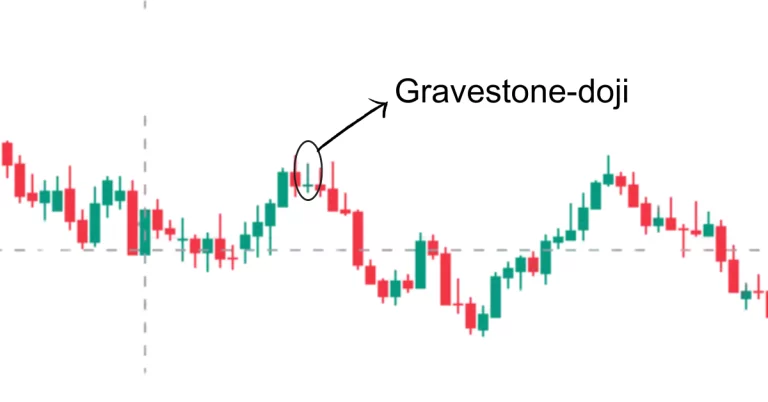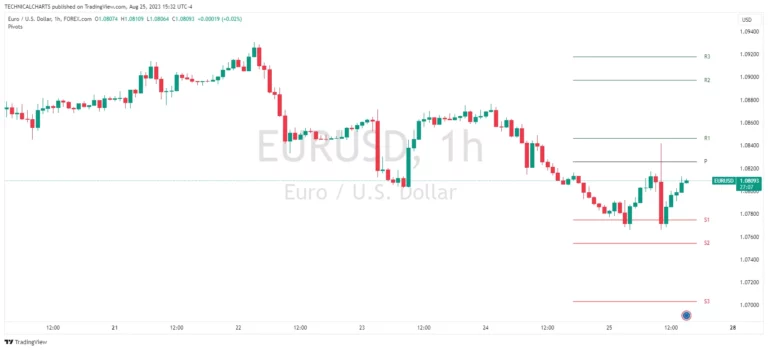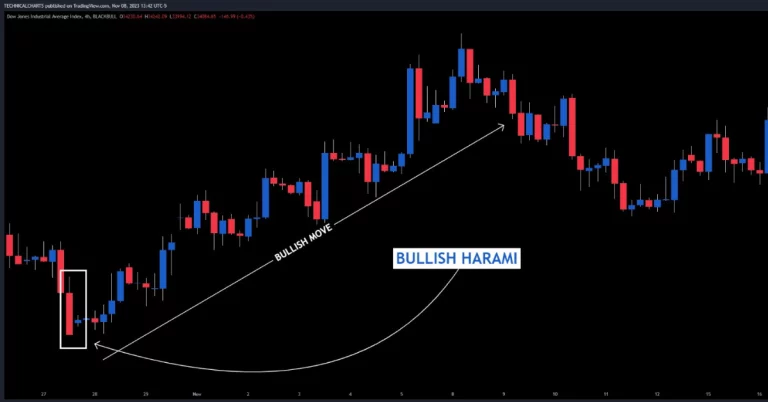Pivot Point in Forex Trading: A Beginner’s Guide
Have you heard about “pivot points” in forex trading? Let’s break it down in easy terms. Pivot points are like signs that traders use to know where the market might go. It’s like a compass for trading. Let’s explore this fascinating concept in a straightforward way.
What Is a Pivot Point in Forex Trading?
Are you curious about the mysterious term “pivot point” in the world of forex trading? Well, you’re in the right place! In this beginner-friendly guide, we’ll unravel the secrets behind pivot points and how they can be your compass in the tumultuous seas of the forex market. So, let’s dive in and explore the fascinating world of pivot points.
Calculating Pivot Points
Pivot points are not hard math. It’s the average of high, low, and close prices, sometimes even including the opening price. It looks like this:
Pivot Point (P) = (High + Low + Close) / 3
Or sometimes:
P = (Open + High + Low + Close) / 4
Others like the closing price more:
P = (High + Low + Close + Close) / 4
Here is an example of XAU/USD pivot points in 4-hour chart:

Take a look at what’s right in front of you – those lines running across your chart. See how they’re nicely marked out? It’s like having your own personal guide. How awesome is that?!
Whether you’re a seasoned trader or just starting out, pivot points tool is your go-to sidekick for making those smart moves in the forex market.
Support and Resistance
Pivot points bring friends: support and resistance. Think of support like a safety net, stopping prices from falling too low. Resistance is like a ceiling, stopping prices from going too high. Traders find these levels by adding or subtracting price ranges. They show where prices might change direction.
How to Use Pivot Points
Pivot points are like a map for trading. In a rising market, they might show when prices might stop going up. In a falling market, they might show where prices might stop falling. Traders watch these points for clues about what might happen next.
Central Pivot Range
For those who want more accuracy, there’s something called the Central Pivot Range (CPR). It’s like a zone instead of just one point. Traders use BC (Bottom Central) and TC (Top Central) points to make this zone. It helps to see a bigger picture.
Closing Thoughts
Now you know about pivot points in forex trading. They help you understand market trends and where prices might change. Just like a compass, they guide traders. If you’re new to trading or a seasoned pro, pivot points can be your secret weapon. Remember, the market might seem big, but pivot points make it simpler.








3 Comments